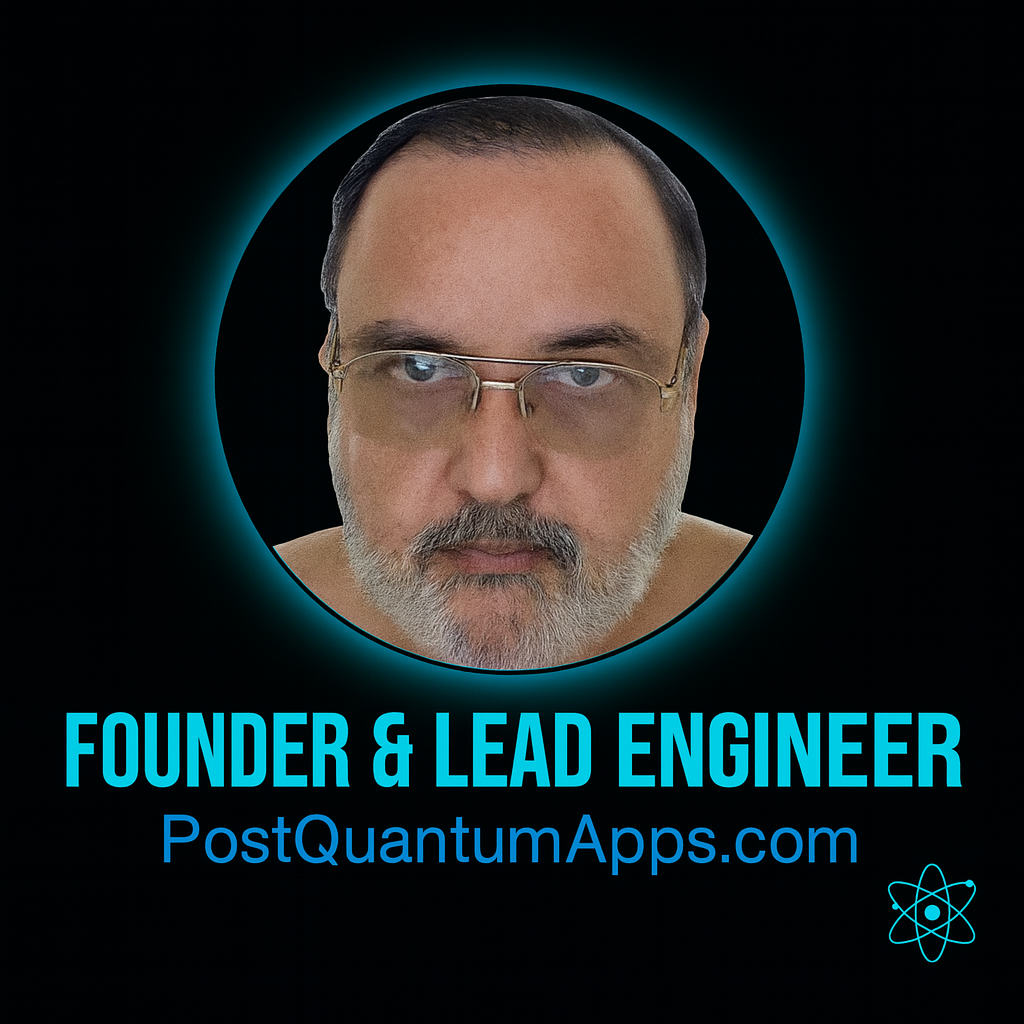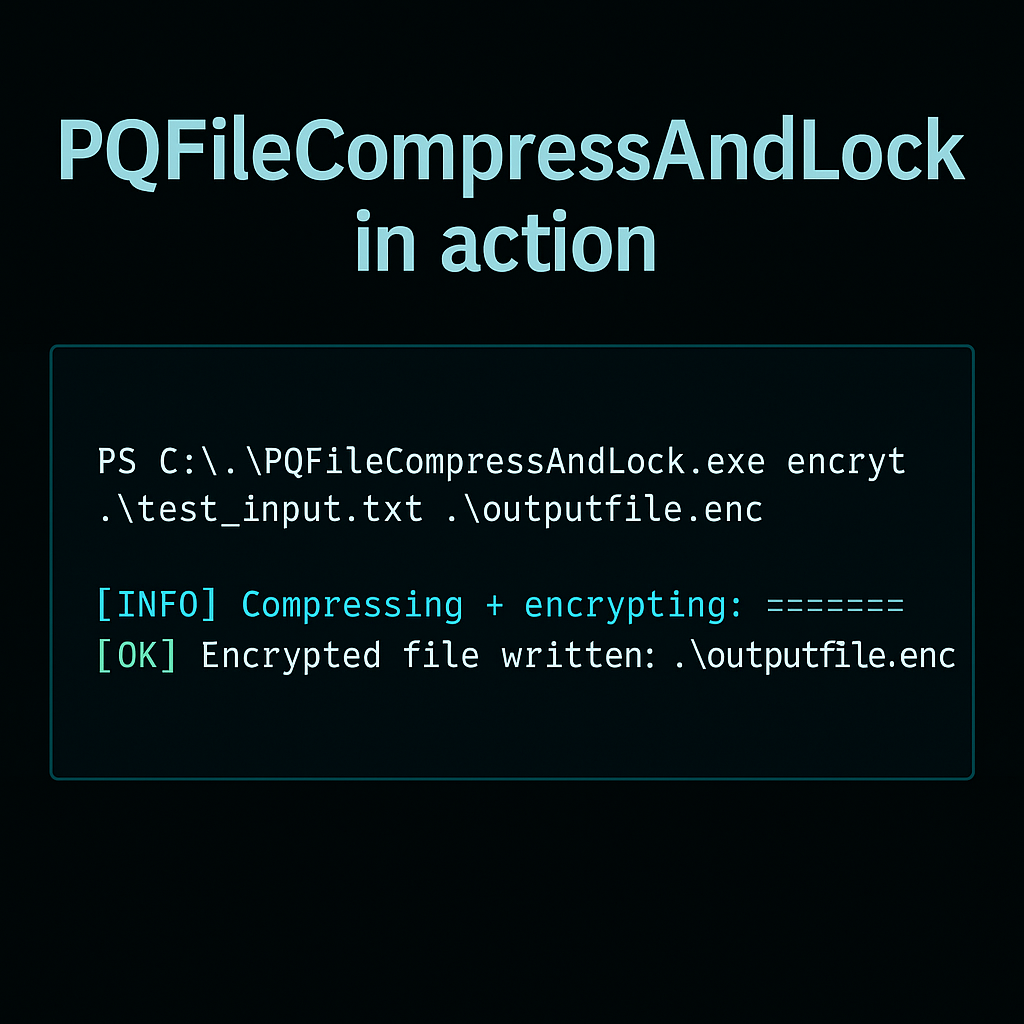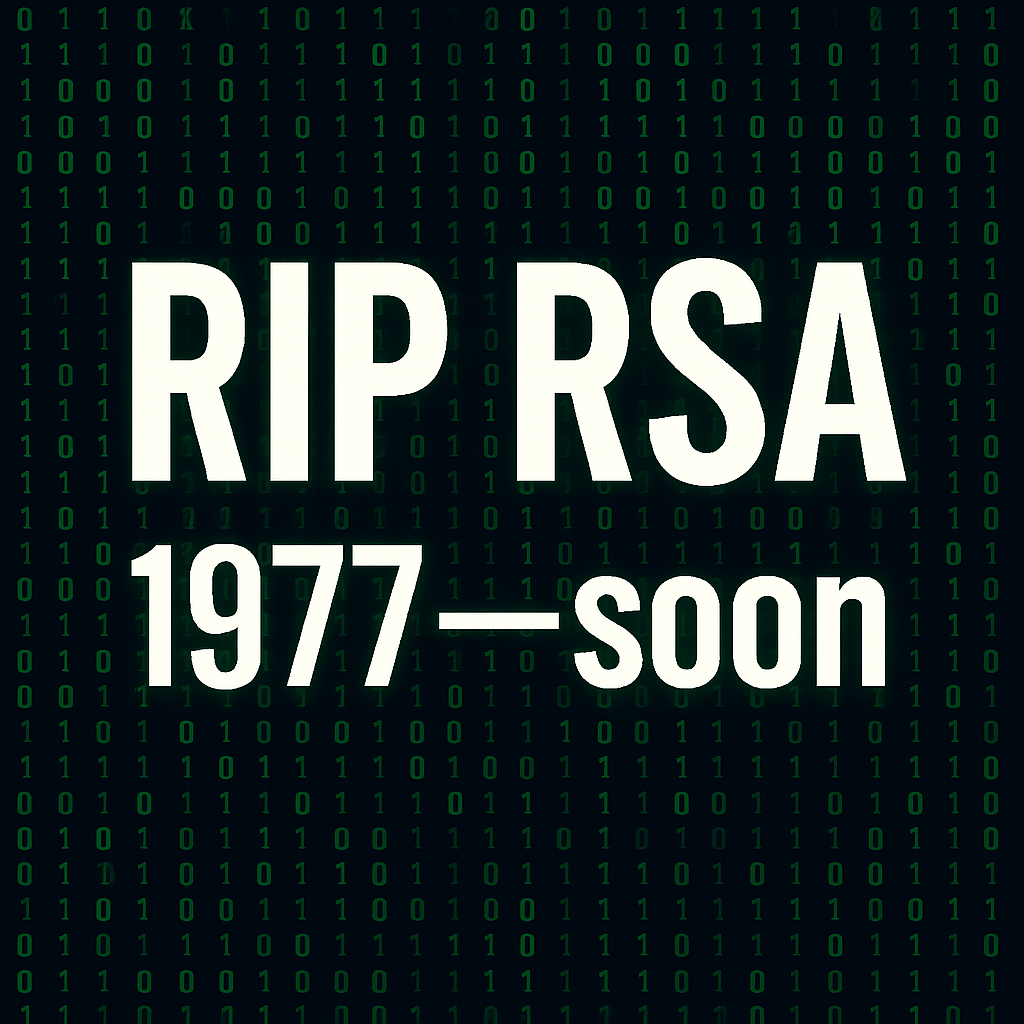November 18, 2015
A major bottleneck in scaling quantum photonic technologies is the certification of complex state-preparations: how do you know a device built from many modes, non-Gaussian states and post-selection is doing what you expect?
Researchers led by Leandro Aolita, Christian Gogolin and Jens Eisert (among others) published in Nature Communications a method for efficient certification of photonic quantum-state-preparations. Their scheme handles:
-
Pure Gaussian multimode states;
-
Pure non-Gaussian states generated by linear-optical circuits with Fock-basis inputs of constant boson number;
-
And those derived by post-selecting ancillary modes with Fock-basis measurements.
What’s neat: only classical computation plus homodyne/heterodyne detection is required — no full tomography of the large device.
This is a meaningful step because as devices grow in mode-count and complexity, verifying that they do what they claim becomes itself a bottleneck. The authors phrase their work as “a step forward in many-body quantum certification … ultimately about testing quantum mechanics at large scales.”
Implications: -
For quantum computing / simulation platforms built on photonics, this reduces overhead of validation and speeds up prototype iteration.
-
Raises the bar for device manufacturers: clients and funders can expect reliable certification protocols, not just proof-of-concept.
-
Suggests photonic quantum technologies are entering a phase of maturing infrastructure (verification, benchmarking) rather than purely exploratory research.
Conclusion:
If you’re tracking the quantum-technology ecosystem, this article signals a shift: device-builders now need to think about “how do I prove this works” rather than “can I build it at all”.














